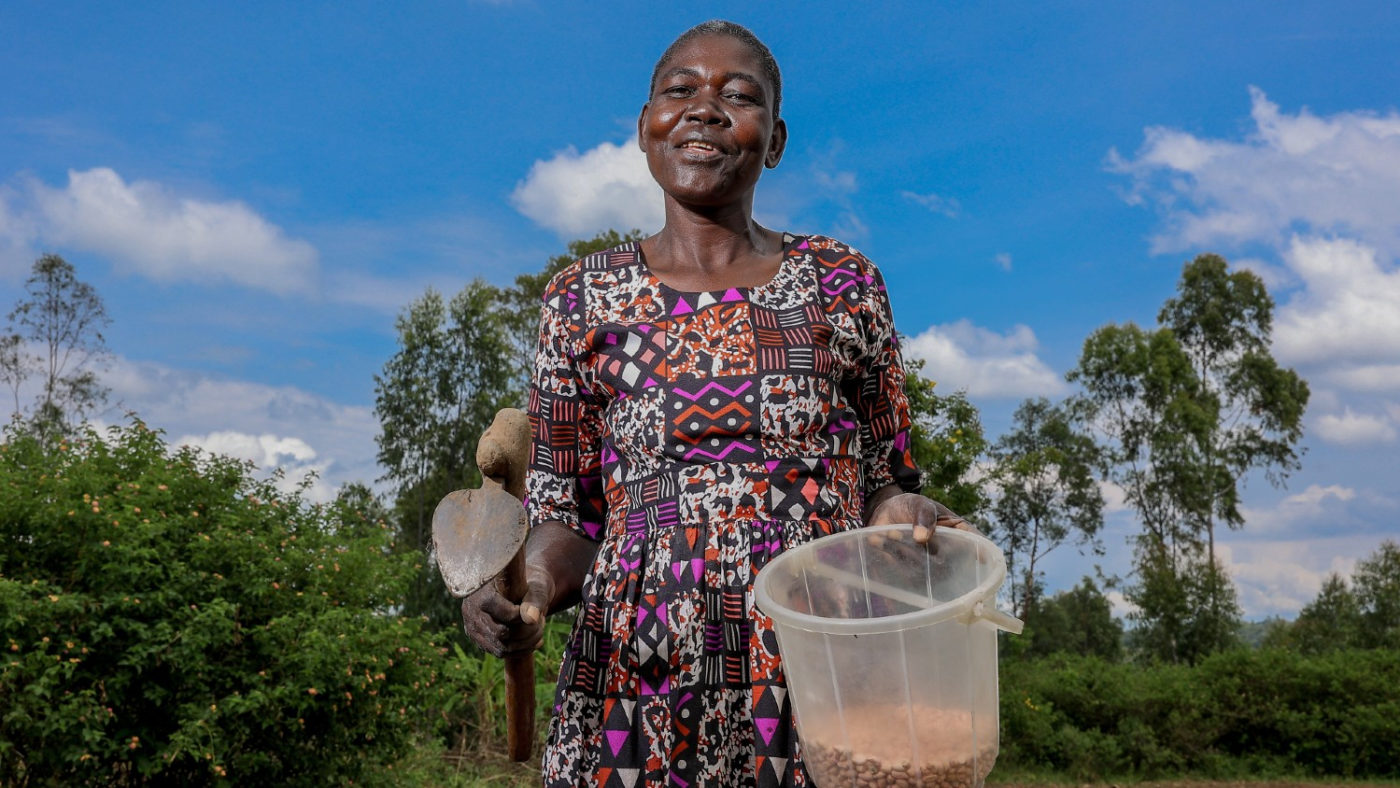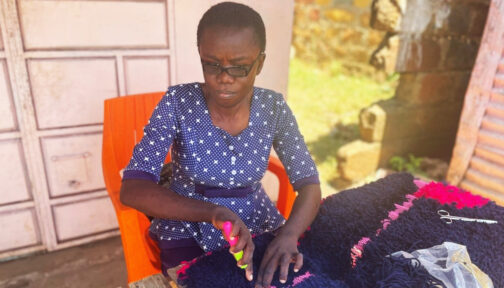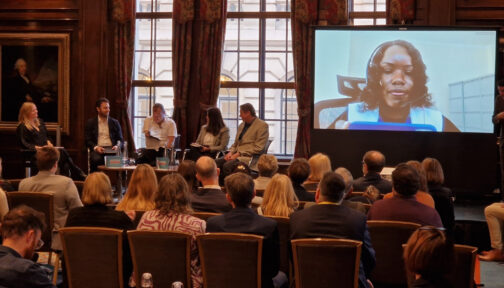
The Global Labor Program – Inclusive Futures brings together a diverse group of organisations to improve how people with disabilities – particularly women – are included in and benefit from employment in the supply and distribution chains of ‘big business’ in Kenya.
A key question the programme will answer is whether its approach results in more men and women with disabilities participating in labour markets and being more confident about exercising their labour rights.
This will be answered through an impact evaluation study which will span the five years of the programme and be implemented jointly by partners Sightsavers and Innovations for Poverty Action (IPA).
Innovations for Poverty Action (IPA)
This research and policy non-profit creates and shares evidence so decision-makers can reduce poverty.
About IPAThe study focuses on smallholder farmers. Farmers play a significant role in the production of the bulk of food consumed and in improving access to food security. However, they face many challenges such as poor access to farm inputs – like fertiliser and seeds – and extension services – including information and advice to improve their crop productivity. They also face a lack of credit facilities, adverse weather conditions, and exploitative financing and crop management advice from traders in local markets. These challenges are likely to be worse for women. Farmers with disabilities are also likely to face a combination of systematic, attitudinal, or environmental barriers that limit their participation in agricultural value chains.
One of the first activities the programme carried out was a baseline survey to assess the starting point before any programmatic interventions. This will enable us to measure changes occurring over the course of the programme.
Collecting data at baseline
Farmers were selected at random, in 40 sub-locations, among those living in areas where the programme operates and among those living in areas where it does not (see map below). Follow-up interviews will be carried out over the course of the programme to understand if and how their work changes, and whether other aspects of their lives change. Data collected from areas where the programme isn’t present will allow us to understand whether the changes we measure are due to the programme or other reasons.
Sightsavers
A non-governmental organisation that aims to ensure people with disabilities have the same rights and access to good education, health and work opportunities as everyone else.
About Sightsavers
IPA conducted the listing and baseline data collection between February and March 2022. Data collectors went through a rigorous one-week training on how to collect data on disability including on disability awareness, etiquette, safeguarding, quality data management and how to communicate with people with disabilities to ensure they were included in the survey.
To measure disability, we’re using a special tool designed by the Washington Group on Disability Statistics and the International Labor Organization. It was designed to be added to the Kenyan Labour Force Surveys and using it means that our results can be compared to other national datasets using the same questions. The questions not only address whether people have a disability, and what type, but what factors support and hinder them from employment.
Following their training, each enumerator worked in a sub-location. IPA conducted regular checks on the data to ensure its accuracy and identify any problems. Sightsavers’ research team will be analysing the data and providing the results.
Key results
The baseline data is in the process of being analysed and written up, with a report due later in the autumn. Although more work is required, some of the initial results of the study have been fascinating:
- We recruited more than 4,400 people for the survey across the areas where the programme is being implemented and the control areas.
- More than 60% of our sample are women, and the average age was 44 years.
- More than 17% – 767 people in our sample reported having a disability. 38% of these people reported experiencing stigma related to their disability.
- Marital status also matters. Widowed people with disabilities were more likely to experience stigma compared to people with disabilities who were married or living together.
- Nearly four out of five people in our sample were employed, but women, older people and people with disabilities were less likely to have a job than men, younger people, and people without disabilities.
While these results will eventually be compared against those collected at the end of the programme, the data also has a more immediate use. As the Global Labor Program – Inclusive Futures moves into its second year, the consortium partners will reflect on these results and consider what they need to do now to ensure they achieve the change required to improve the lives of workers in these value chains.
More news and opinions

Global Disability Summit 2025: Closing the gap between disability inclusion and development
Inclusive Futures is attending the summit in Berlin on 2-3 April. Visit our booth or attend our panel event to connect with us and learn more about our programme insights.

Sense International wins prestigious Zero Project award for its work with entrepreneurs with disabilities
Sense International has won a 2025 Zero Project Award for empowering individuals with deafblindness and complex disabilities in Kenya to build successful businesses and achieve financial independence.

Driving change: launching the six principles for inclusive development
Inclusive Futures and the UK Foreign, Commonwealth & Development Office marked International Day of People with Disabilities by jointly hosting an event to launch the six principles for inclusive development.